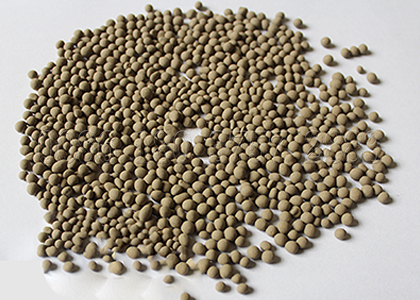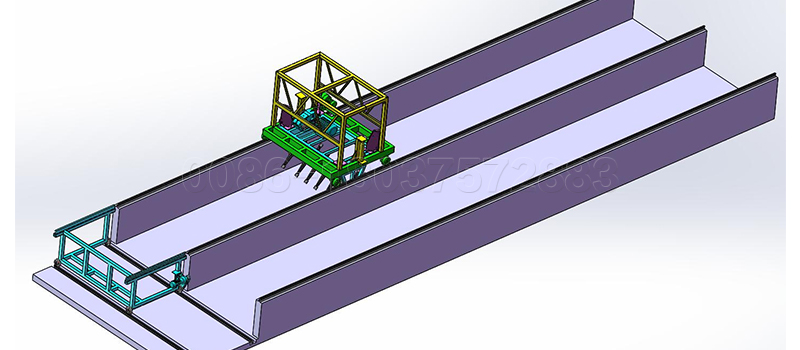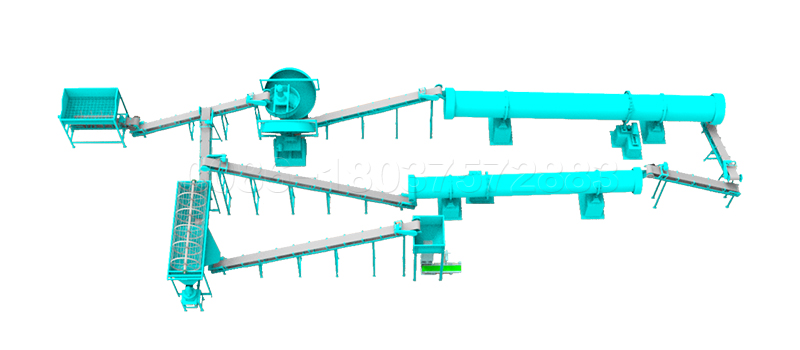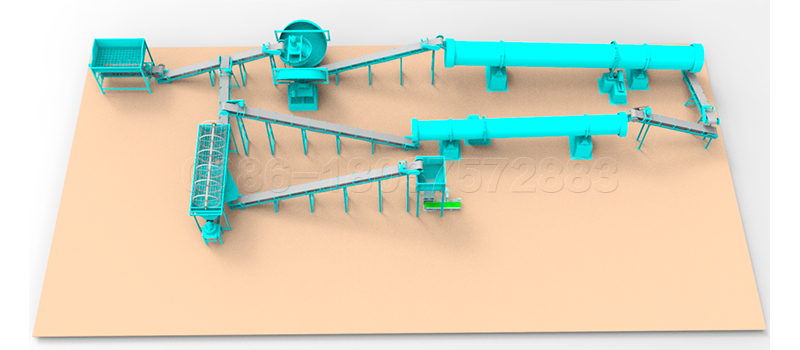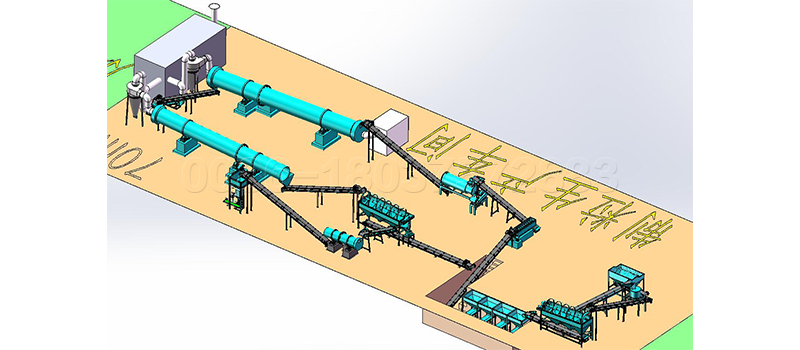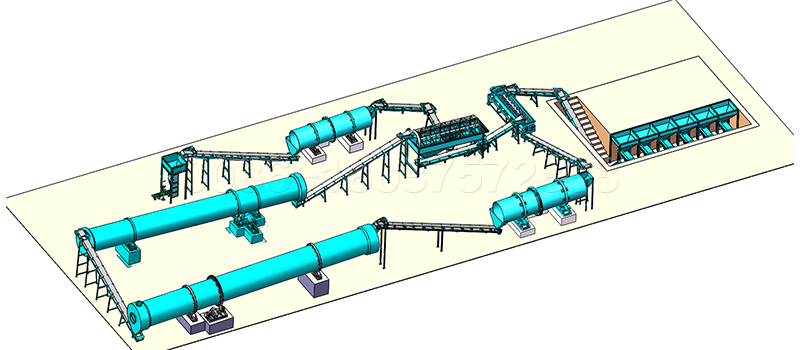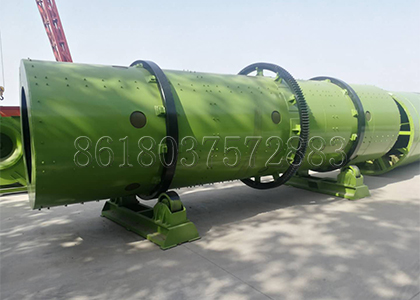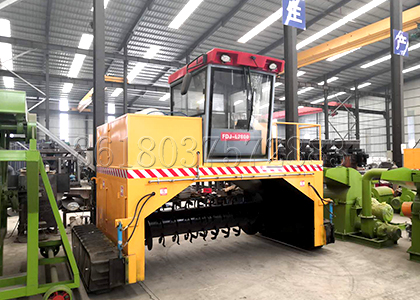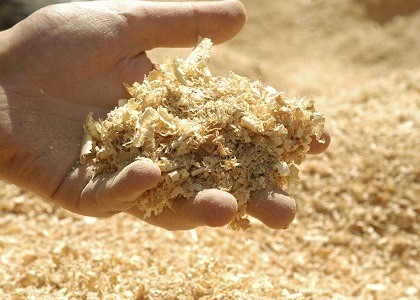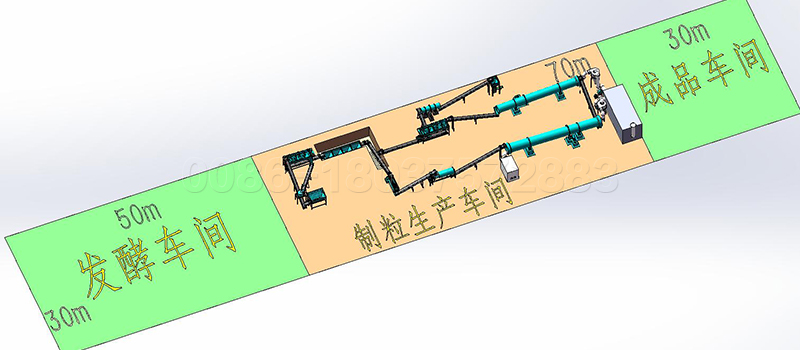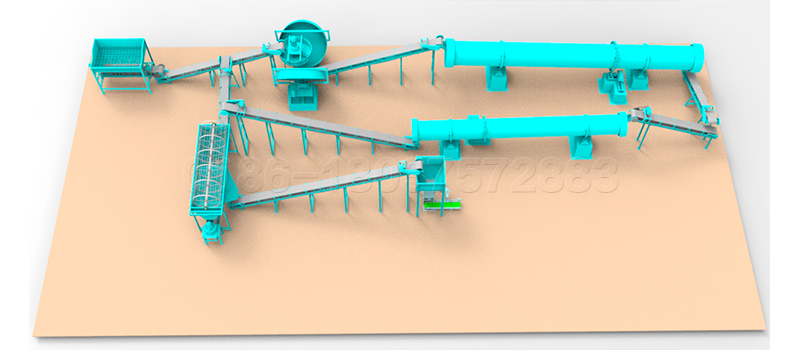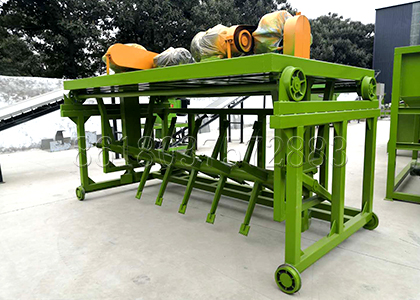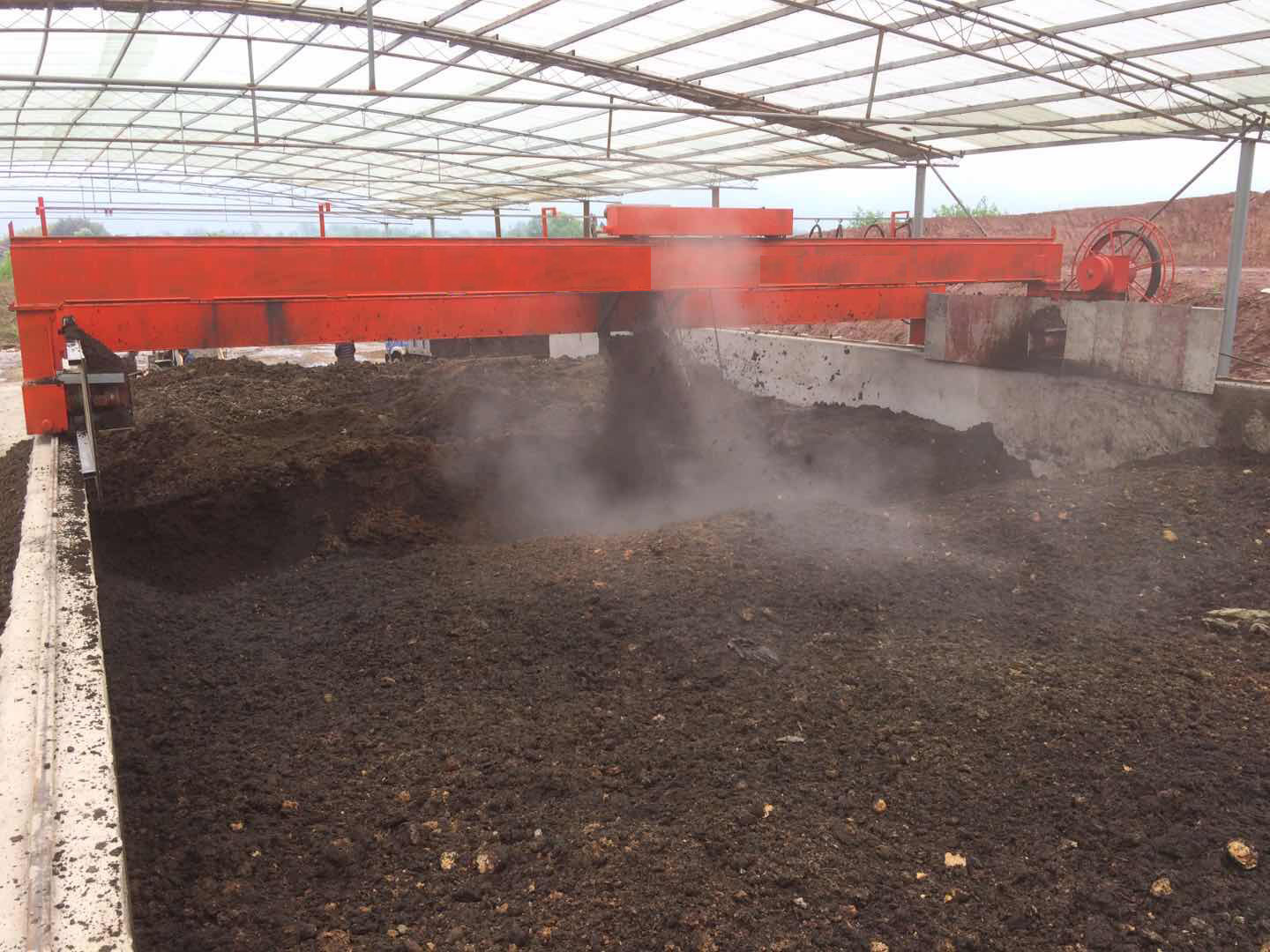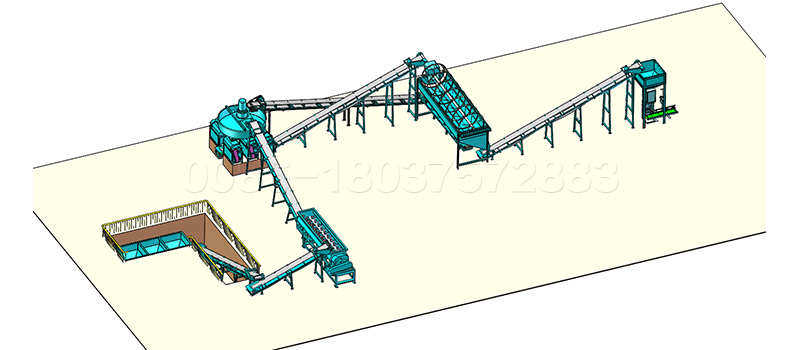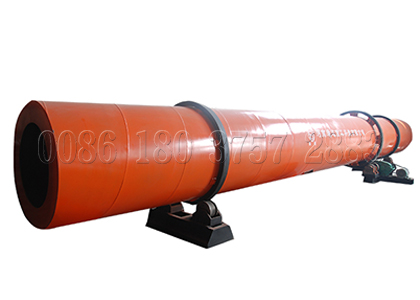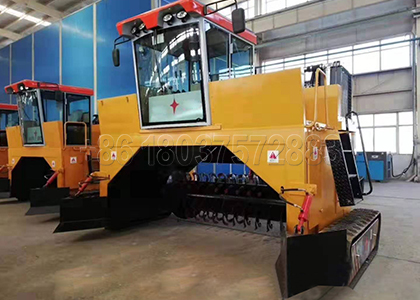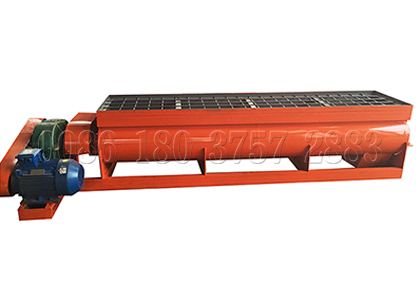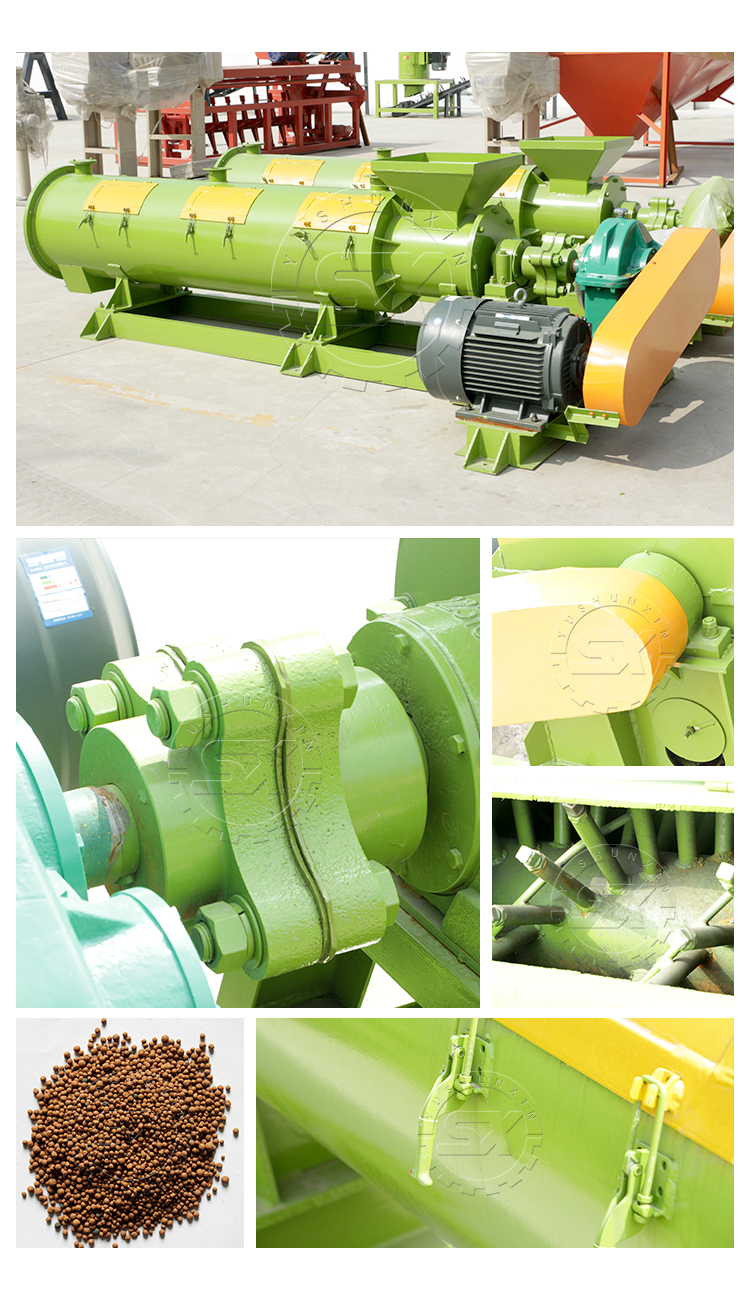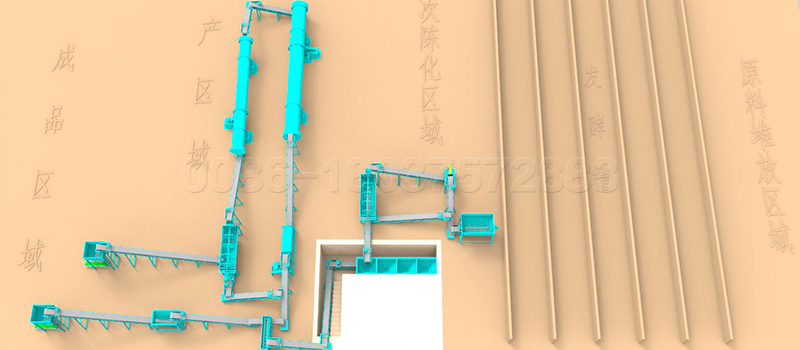Nitrogen
The sharp rise in European natural gas prices has driven the urea market, which has led to a sharp rebound in urea prices. Due to rising production costs, nitrate in Europe also showed an upward trend, while ammonium sulfate continued to weaken.
The sudden European purchase surprised the urea market, reversing the 8% decline last week. The urea market is currently paying close attention to the upcoming urea bidding in India and the procurement in Brazil.
The Indian bidding is scheduled for mid July (it is said that this bidding will exceed 1million tons), and it is expected to be delivered by the end of August. The procurement in summer rainy season in Brazil is about a month later than that in previous years. It is expected that the procurement of urea will pick up, which will form a certain support for the price of urea.
With the arrival of the third quarter, the procurement speed in the southern hemisphere will accelerate, and the urea price may have reached the low point of this year. Buyers are concerned about the speed and level of urea price recovery.
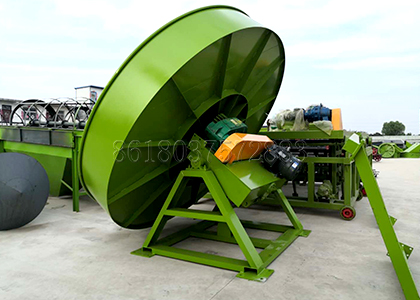
Due to insufficient demand, ammonium sulfate continued to fall by 13%. Ammonium sulfate is now a cheaper nitrogen fertilizer than urea. Due to the rebound of urea, the value of sulfur in ammonium sulfate was ignored. As the price of urea rebounds again, the price of ammonium sulfate may begin to rise.
The gap between the two price categories in the secondary ammonium nitrate Market is widening – the price of ammonium nitrate in Russia is weakening again, while the price of ammonium nitrate from other sources such as urea is also rising.
As most buyers / consumers have sufficient inventory at present, the ammonia price has not changed. Although the price has not changed, the soaring natural gas price in the EU has led people to speculate that ammonia prices may start to rise.
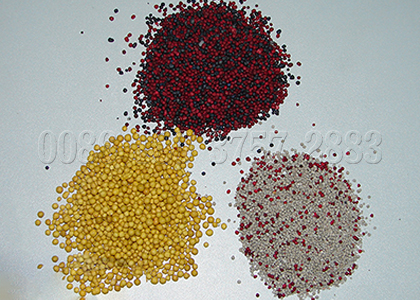
In South Africa, the urea inventory in Durban port is reasonable, and the product supply is about 12000 RAND / ton. The slight strength of Rand will help alleviate the pain of rising urea prices. As the market continues to fluctuate, the seller will adjust the price every week, so it is recommended that the buyer be decisive and quickly lock the price after deciding to buy.
Phosphorus
Although the prices of most benchmark plots remain unchanged, the phosphate Market is still facing price pressure. China’s phosphate exports continued to accelerate, while demand in most regions continued to be weak because buyers believed the price was too high.
The demand for spring phosphate fertilizer application in North America and Europe has disappeared, and manufacturers are now waiting for the southern hemisphere to start buying.
Buyers in the southern hemisphere are unwilling to overbought at the current price, so the buyer and the seller are currently stuck. Brazil’s price fell by $10-15 / ton, which is not a big drop and will not excite buyers. But it did signal that phosphate prices were under pressure. Unlike urea, Brazil’s phosphate ponds account for a high share of all Russian exports to Latin America.
The Asian market did not buy too many spot phosphates. Most of the current activities are related to the delivery of phosphate, nitrogen, phosphorus and potassium, which are purchased by Asian countries through bidding. India’s subsidy program cannot enable private sector traders to benefit from phosphate imports. As a result, procurement in India is conducted only by state entities and in limited quantities.
Foskor, a phosphate producer in South Africa, has been operating well in recent months and continues to produce. The lack of phosphate inventory in the region means that all its products will be quickly transferred to buyers before the upcoming season.
At present, phosphate import goods at Beira port and Durban port have been booked, and the port inventory level is expected to gradually increase. Of course, large-scale berthing delay is still a worrying problem, and it is likely to become a key factor, that is, the rainy season from September to October is coming. At present, it is estimated that the delay of about 30 days will not only increase the import cost (the demurrage fee is about $40 / ton), but also increase the risk that growers will not get fertilizer in time.
Potassium
Most potash benchmark positions were flat. Potassium prices in some Asian markets began to fall, and the overall outlook for potassium prices was weak.
With Brazil getting a lot of potash from Russia, it is difficult for potash prices to fall anywhere. Everyone’s question is “when” and “how much”. As the third quarter approaches, the demand in the southern hemisphere begins to slow down, and the sales of potash fertilizer will begin to pick up, which will slow down the rate of any price decline.
If the price does not decline in the next oneortwo months, rising demand should ensure that the price of potash fertilizer remains stable. The supply of potash fertilizer is still limited, and the balance between supply and demand will not soon turn to oversupply.
Market outlook
Crude oil prices fell by nearly $10 / barrel as concerns about the economic recession intensified. Rising interest rates in the United States led to declines in stock markets and commodities.
Brent crude oil fell from US $120 / barrel to US $111 / barrel, which fell due to the market’s increasing concern about the economic recession. The Fed’s interest rate hike curbed inflation, cooled the commodity market, and crude oil prices responded accordingly.
In terms of natural gas prices, TTF natural gas prices in Europe have risen to more than $40 /mmbtu, and are now slightly lower than $40. European gas prices are unlikely to ease in any way until the European gas supply situation is resolved in some way. The price of natural gas in the United States has fallen to $6.25 /mmbtu, which has relieved American natural gas consumers, including nitrogen producers.
As the extensive long-term selling continued, the corn price of Zhishang exchange in the United States continued to fall. The price of safex corn also fell with the rise of the dollar price, and the strength of Rand exacerbated the decline of local prices. For similar reasons, oilseeds also fell across the board.
The net income of fertilizer sellers and exporters increased due to the reduction of freight by a few dollars.
Want to make your own fertilizer, welcome go to https://organicfertilizerplants.com/organic-fertilizer-production-process/


